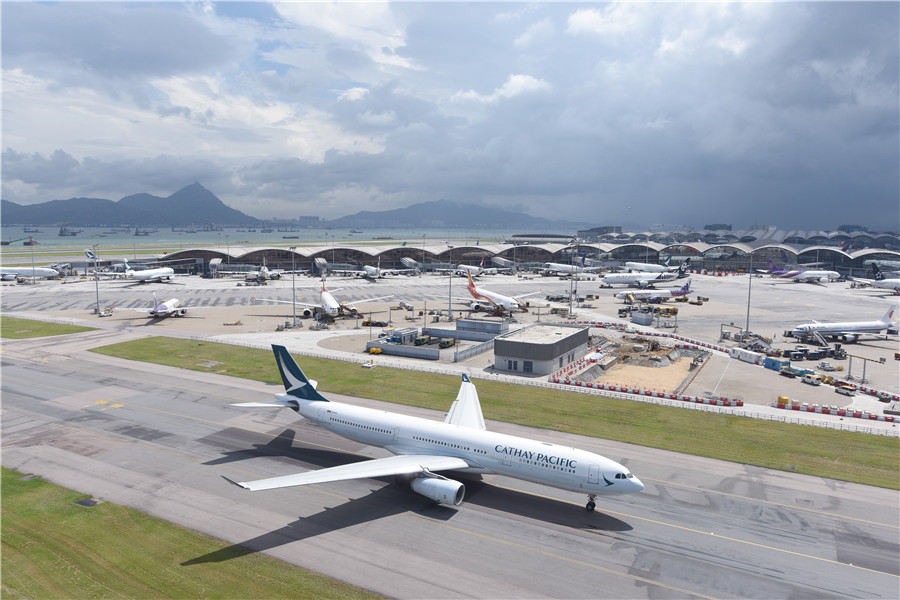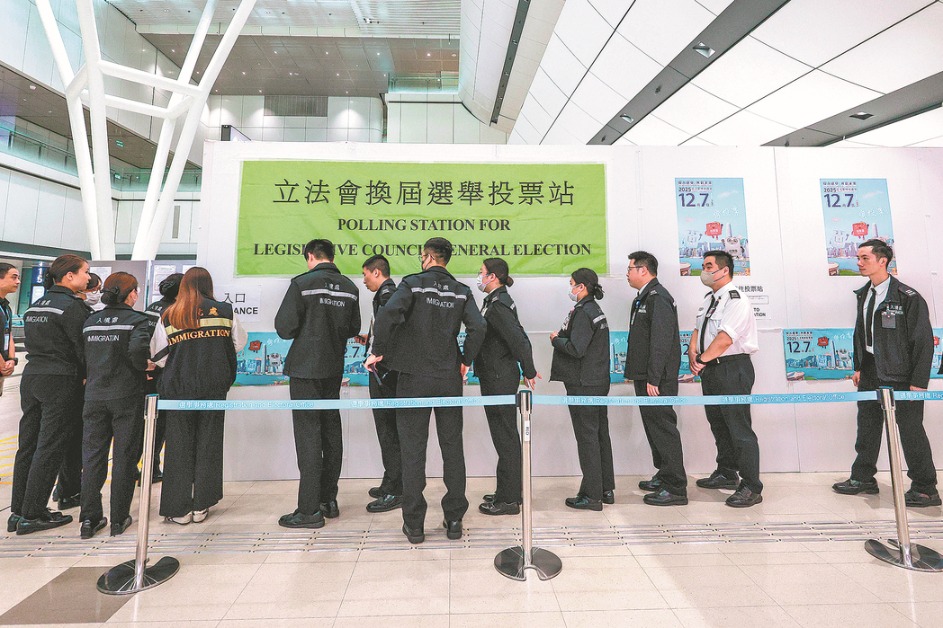Hong Kong airport aims to meet new challenges

Aviation hub faces fierce competition 20 years after opening

It was 6:30 am on July 6, 1998, when a commercial airliner from New York made the first landing at the newly completed Hong Kong International Airport.
Only five hours before the inaugural flight landed at the new facility-Chek Lap Kok Airport-the final flight took off from Hong Kong's aging Kai Tak Airport. The runway lights at Kai Tak were switched off for the last time at 1:20 am that day.
The opening of the new airport built on reclaimed land on the island of Chek Lap Kok was a landmark event, contributing to Hong Kong's status in international aviation.
"That was the beginning of our steep climb, to rise and shine as one of the world's major aviation hubs," Hong Kong Special Administrative Region Chief Executive Carrie Lam Cheng Yuet-ngor said on the airport's 20th anniversary.
The statutory body overseeing the airport's operations, the Airport Authority Hong Kong, has noted the importance of the facility's location. Half the world's population lives within five hours' flying time of Chek Lap Kok.
The authority said the airport handled about 73 million passengers and more than 5 million metric tons of cargo in 2017, making it the world's eighth-busiest passenger airport, and the world's busiest for cargo.
























